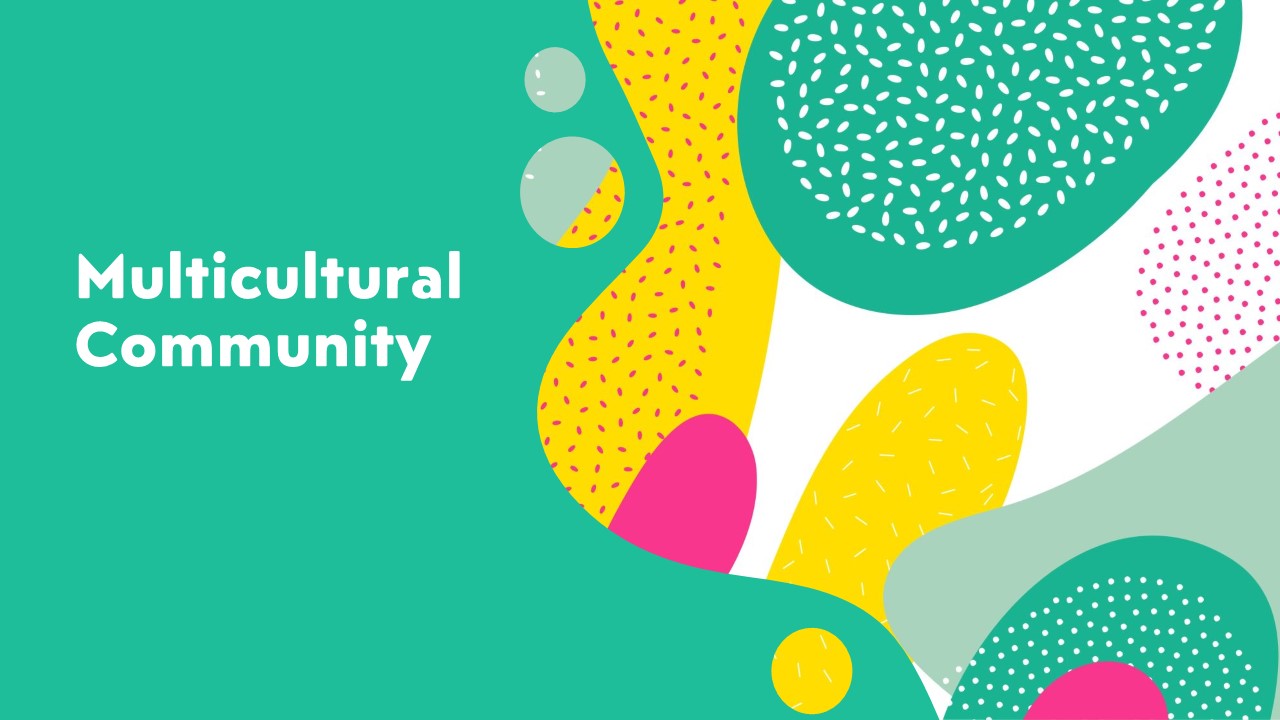People in the modern world are exposed to a variety of cultures, some of which are more or less compatible with one another. Many countries have mixed cultures that shape multicultural people and mixed cultural identities. These mixed cultures are more conducive to the development of multicultural personalities and multicultural community (Karandashev, 2021).
In the modern world of increasingly mixed cultures and multicultural societies, people encounter other cultures more frequently than ever before. In some countries and regions, it’s more likely for people from different cultures to meet.
Monocultural and Multicultural Countries
Some countries are homogeneous in the races, ethnicities, and religions of their population and in the languages they speak. They can be called relatively monocultural societies. According to the data of 2013, among those are the Comoros, the Dominican Republic, Argentina, Haiti, Rwanda, Uruguay, Sweden, Japan, North Korea, and South Korea (Rich Morin, 2013).
Some other countries, on the other hand, are quite heterogeneous in terms of the ethnicities, races, and religions of their population and speak a variety of languages. They are highly multicultural societies. Among those are many African countries, such as Chad, Cameroon, Congo, Nigeria, Togo, and South Africa; several Asian countries, such as India, Indonesia, and Singapore; and many countries in other parts of the world, such as Switzerland, Spain, Canada, and the United States.
See more: How regional is the cultural diversity of countries?
Within-countries’ Diversity of Cultures
In many countries, different regions, states, and provinces have substantially different cultures. Among those are the United States, Canada, Germany, Spain, and France. For example, some scholars think that the southern states (the Deep South) and the northern states of the USA have somewhat different cultures in many respects. The northern industrialized regions of Germany culturally differ from Bavaria and other regions of Germany. The southern and northern parts of France have quite different regional cultures.
Besides, some regions of the country can be more multicultural than others. For example, the west and northeast regions of the United States are much more multicultural than the Midwest.
Hawaii is the most multicultural state in the US. The northern parts of Germany are more multicultural than others. The large and densely populated urban areas, such as New York City, Toronto, and Paris, are more multicultural than rural or urban areas, such as the Midwest of the USA.
See more: What is the multicultural diversity of countries?
Culture Mixing in Multicultural Communities
Nowadays, cultural mixing has become widespread. Such cultural mixing is evident in the coexistence of various representative symbols of different cultures at the same time and place (Hao, Li, Peng, Peng, & Torelli, 2016; Harush, Lisak, & Erez, 2016; Martin & Shao, 2016).
The dynamic communities of some regions have large variations in the national and ethnic origins of people living there together for quite a while (e.g., Van de Vijver, Blommaert, Gkoumasi, & Stogianni, 2015).
For example, the cultures of countries along their national borders frequently mix with each other on the same territory. That is sometimes called the cultural borderland (Chang, 1999; Foley, 1995). The Mexican-American borderlands of Arizona, California, and Texas in the US represent such examples of Mexican-American culture.
